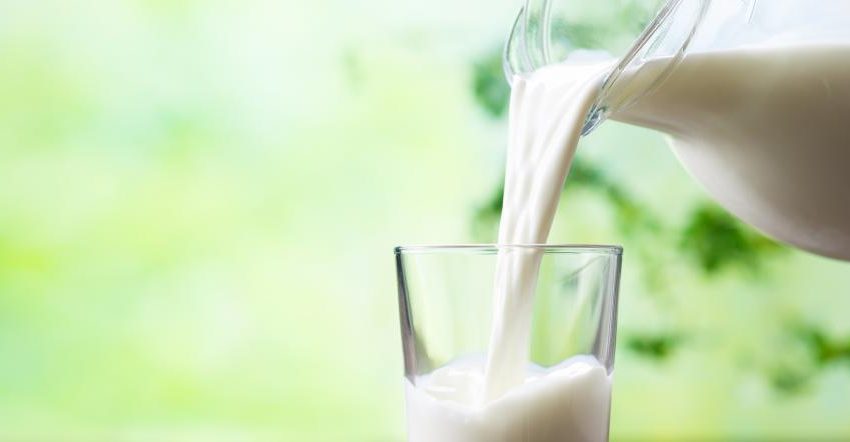Traces of Aflatoxin M1 (AFM1), a deadly carcinogen, were found in some of the milk samples tested as part of a national survey by the Food Safety and Standards Authority of India (FSSAI).
The final results of the milk survey were released on October 18, 2019.
Out of the 6,432 total milk samples that were tested, 368 (5.7 per cent) were found to have aflatoxins beyond permissible limits.
The highest rates of aflatoxin contamination were found in Tamil Nadu (88 out of 551 samples), Delhi (38 out of 262 samples) and Kerala (37 out of 187 samples). The carcinogen was found to be more prevalent in processed rather than raw milk.
Aflatoxins are toxins produced by certain fungi which are generally found in agricultural crops like maize, peanuts, cotton seed and others. They are carcinogenic in nature, which means they can cause cancer.
Consumption of food containing aflatoxin concentrations of one milligram/kilogram or higher has been suspected to cause aflatoxicosis, the prognosis of which consists of acute liver failure, jaundice, lethargy and nausea, eventually leading to death, according to a World Health Organization (WHO) study in February 2018.
“Based on past outbreaks, it has been estimated that when consumed over a period of 1–3 weeks, an Aflatoxin B1 dose of 20–120 microgram per kilogram (μg/kg) by weight per day is acutely toxic and potentially lethal,” the study had said.
According to FSSAI standards, the permissible limit of aflatoxins in milk is 0.5 µg/kg.
A study conducted in Nairobi, Kenya in August 2018 stated that AFM1 had potentially severe health impacts on milk consumers, including the risk of cancer and stunting in children under the age of five years.
“The exposure to AFM1 from milk is 46 nanogram per kilogram (ng/day) on average, but children bear higher exposure of 3.5 ng/kg bodyweight per day (bw/day) compared to adults, at 0.8 ng/kg bw/day. This causes stunting among children,” the study said.
The FSSAI survey also showed that only seven per cent of the total milk samples tested were unsafe for consumption. However, the initial results of the same survey released in November 2018 had said that about 10 per cent of the milk samples were unfit.
Apart from the Aflatoxin, samples had traces of antibiotics but within permissible limits, the survey report stated.
Maltodextrin, a food additive, was also found in 156 out of 6,432 samples. Although it is not lethal, its presence increases the levels of fat and Solids-not-Fat (SNF).Sugar was found in 78 out of 6,432 samples.Both, Maltodextrin and Sugar were mainly found in processed milk.




